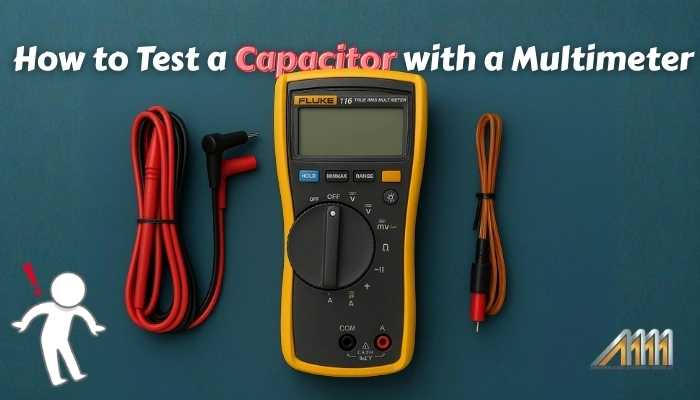
Hioki IR4056-20 Insulation Tester
$0.00 (excl.VAT)Megger Mit525 UK Insulation Resistance Tester
$0.00 (excl.VAT)Megger MIT2500 Insulation Tester
$0.00 (excl.VAT)Megger MIT430/2 Insulation Tester
$0.00 (excl.VAT)FLIR TG165-X Thermal Camera
Fluke 424D vs 417D The Ultimate Laser Distance Meter Showdown for Engineers

Laser distance meters are among the most essential tools in every technician’s toolkit. Whether you’re working on electrical installations, construction projects, or industrial inspections, accuracy, reliability, and ease of use are critical for ensuring safety and delivering quality results.
Fluke, a globally trusted name in precision measurement, offers two of its most popular laser distance meters: the Fluke 417D and Fluke 424D. Both are known for their solid build quality and precise measurements—but they come with key differences that can significantly impact your choice, depending on your job requirements.
In this article, we’ll explore the differences between these two models based on official specifications, hands-on user experience, and real-world performance—so you can confidently choose the right laser distance meter for your needs.
Fluke 424d vs 417d specs:
Fluke 424D vs 417D specs, Understanding the key differences between these two laser distance meters helps you make a better choice for your measurement needs. Whether you’re looking for extended range, more accuracy, or advanced features like a tilt sensor or digital compass, this comparison table covers it all. 1 2
| Feature | Fluke 417D | Fluke 424D |
|---|---|---|
| Max Range | 40 meters (131 ft) | 100 meters (330 ft) |
| Accuracy | ±2 mm | ±1 mm |
| Display | 2-line LCD | 4-line backlit LCD |
| Tilt Sensor | ❌ No | ✅ Yes |
| Compass | ❌ No | ✅ Yes |
| Memory | 5 records | 20 records |
| Indirect Measurement (Pythagorean) | Basic | Advanced multi-point |
| Protection Rating | IP54 | IP54 |
| Battery Type | AAA | AAA |
424D vs 417D: Accuracy and range differences
The Fluke 417D offers ±2 mm accuracy with a 40-meter range, which is suitable for indoor environments like residential electrical work, small office measurements, or HVAC duct alignment. It’s ideal when working in confined areas or on renovation projects where walls and boundaries are well within line of sight.
In contrast, the Fluke 424D provides ±1 mm accuracy up to 100 meters, which is a game-changer for professionals dealing with large industrial spaces, commercial construction sites, or outdoor applications. Whether you’re measuring across a warehouse floor or up a multi-story façade, the 424D ensures confidence and consistency.
For short-range, budget-conscious tasks, the 417D is sufficient. For long-range precision with minimal tolerance for error, 424D is the better choice.
Display and user interface differences between Fluke 424D vs 417D
The 417D features a simple 2-line LCD, which is fine in well-lit environments. It gives you just the essential data, making it easy for beginners or anyone in need of a straightforward readout.
Meanwhile, the 424D’s 4-line backlit LCD is optimized for visibility even in poor lighting conditions or outdoors under the sun. This extra clarity matters during late-night inspections, construction site evaluations, or situations where multiple readings are displayed simultaneously (like angle, distance, height).
If you often work in varying lighting conditions or need to view multiple data points quickly, 424D is more ergonomic and informative.
Smart sensors and orientation tools in 417D and 424D
417D does not include a tilt sensor or compass, limiting its use to line-of-sight distance measurements only. It’s reliable in straightforward layouts where direct measurement is possible.
424D, however, includes a tilt sensor and digital compass, allowing it to calculate indirect distances—like measuring height from the base when the top is obstructed. This is invaluable on construction scaffolding, rooftop AC installations, or pipework tracing in multilevel structures.
For complex measurement geometries or indirect tasks, 424D offers a professional-grade advantage.
Workflow speed and ease of use between 417D and 424D
417D boots up quickly and has minimal buttons. It’s the perfect pick for electricians, HVAC installers, or maintenance workers needing fast, repeatable results with no fluff.
The 424D takes a bit longer to navigate due to its advanced functions, but the time you invest upfront is offset by fewer manual calculations and better data tracking over time.
If you value simplicity and speed in routine work, go with 417D. If you want your tool to do more thinking and store your results, choose 424D.
Quick Decision Checklist: What Do YOU Need?
When comparing Fluke 424D vs 417D, your specific work environment and needs will determine the better option. The checklist below will help you quickly identify which model suits your use case, whether it’s for indoor electrical jobs, long-distance industrial measurements, or working in poor lighting conditions.
| Question | If “Yes” → | Suggested Model |
|---|---|---|
| Do you work indoors mostly? | ✅ | Fluke 417D |
| Do you require >40m range? | ✅ | Fluke 424D |
| Need to measure heights indirectly? | ✅ | Fluke 424D |
| Budget is a constraint? | ✅ | Fluke 417D |
| Want built-in memory for results? | ✅ | Fluke 424D |
| Work in dim or outdoor lighting? | ✅ | Fluke 424D |
During a rooftop HVAC installation, we needed to measure height across a 3-story building with no access to the top edge. The Fluke 424D did it with a single angle and tilt measurement—saved us 2 hours of scaffolding. But on smaller interior jobs, I always keep the 417D in my tool belt. Lightweight, fast, no complications. A Technician’s Field Experience
Final Summary: Which Fluke Laser Distance Meter Deserves Your Toolkit?
Choosing between the Fluke 417D and 424D isn’t just about price or brand—it’s about matching the tool to your job requirements.
The Fluke 417D is best suited for:
- Indoor tasks
- Residential and small office projects
- Technicians who prioritize ease of use, portability, and budget 3
The Fluke 424D, on the other hand, is ideal for:
- Industrial or commercial applications
- Projects that require high precision and advanced features
- Field engineers and professionals dealing with outdoor or long-distance measurements 4
In terms of accuracy, range, and measurement versatility, the 424D clearly takes the lead. Its tilt sensor, memory storage, and compass capabilities make it a complete solution for complex work environments.
That said, if your daily work revolves around quick checks and short distances, and you don’t need the bells and whistles, the 417D is a reliable, cost-effective companion.
- Fluke Corporation. (n.d.). Fluke 424D Laser Distance Meter – Datasheet (Document No. 3028711_0000). Fluke Corporation. Retrieved August 3, 2025,[↩]
- Fluke Corporation. (n.d.). Fluke 417D Laser Distance Measurer – Datasheet (Document No. 6012529-en). Fluke Corporation. Retrieved August 3, 2025,[↩]
- Fluke Corporation. (n.d.). Fluke 417D Laser Distance Meter. Fluke Corporation. Retrieved August 3, 2025[↩]
- Fluke Corporation. (n.d.). Fluke 424D Laser Distance Meter. Fluke Corporation. Retrieved August 3, 2025[↩]
About the Author :

I’m Mahboubeh Jahebi, a content writer and SEO expert with over 5 years of experience in industrial equipment and precision measurement technologies. I’ve worked with international brands and contributed to the content strategy of Mohammad Mahdi Electronics (MME), a leading supplier of test instruments in the Middle East.












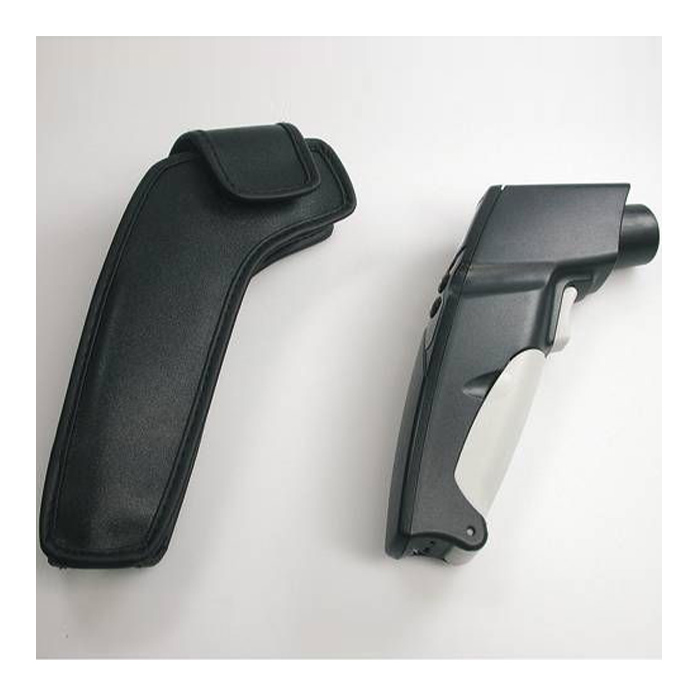
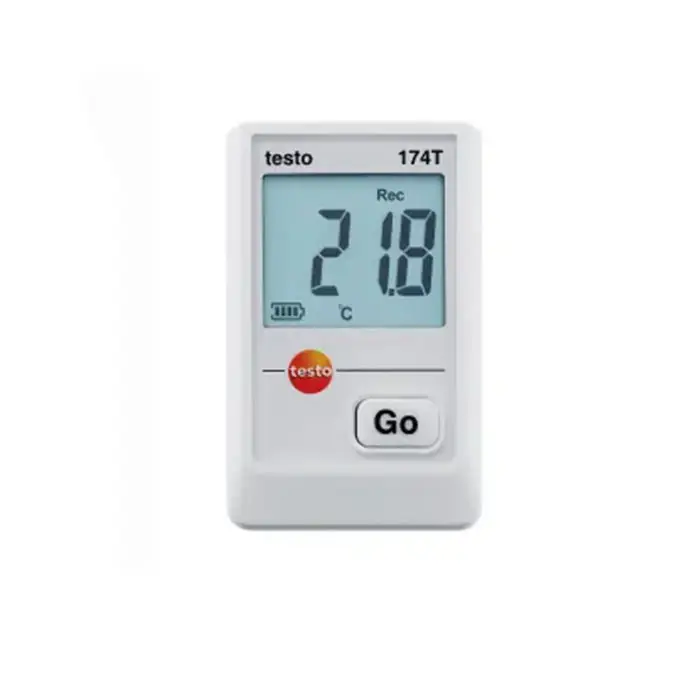
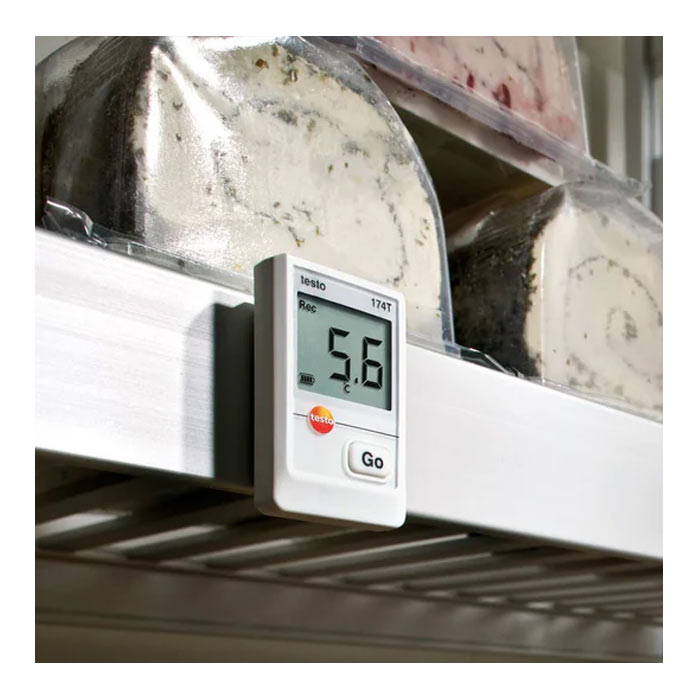


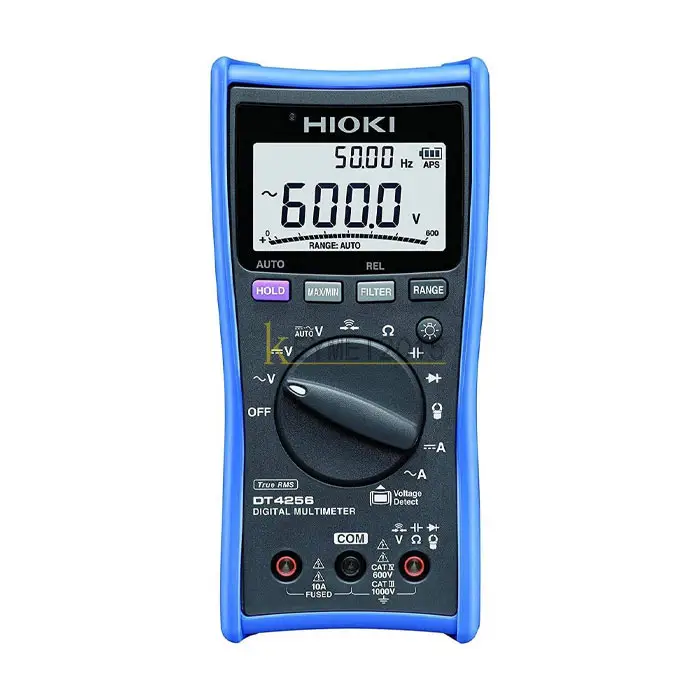
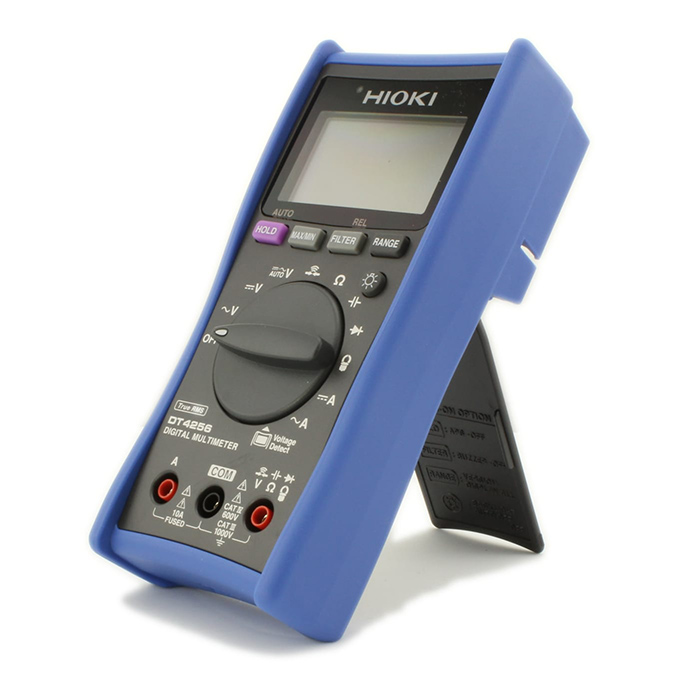
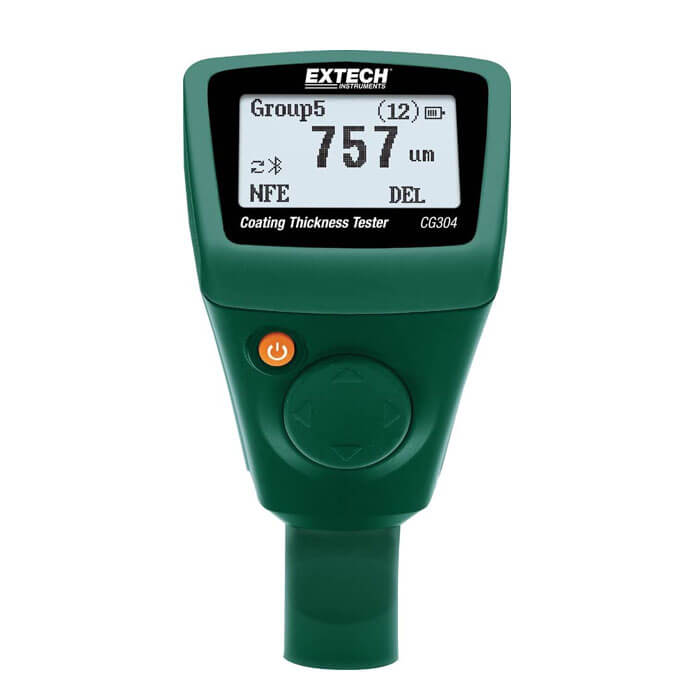
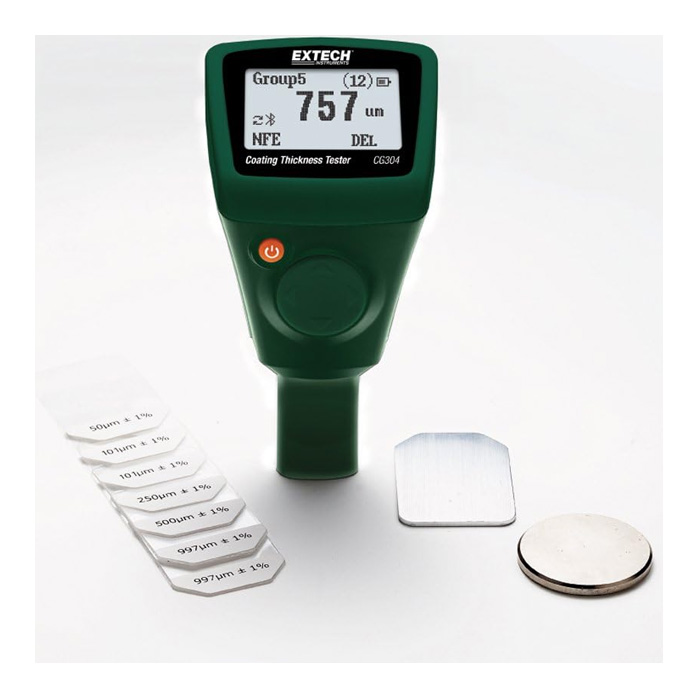


















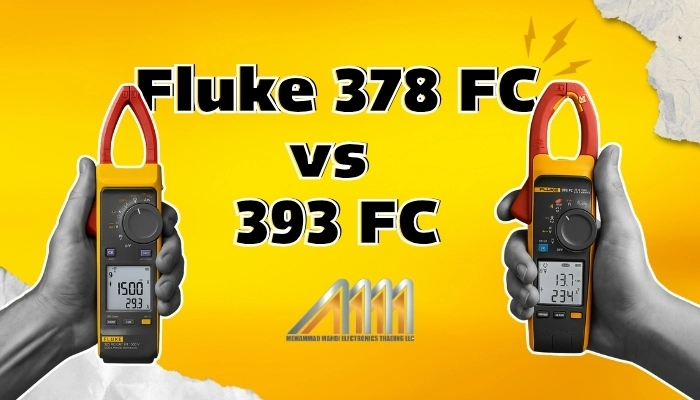
 Bench Multimeters
Bench Multimeters